Through researching original revolutionary newspapers and searching for documents and memoirs rewritten and told by insiders, we would like to briefly introduce some printing methods of revolutionary newspapers from their inception to 1955.
HANDWRITTEN
Thanh Nien Newspaper (1925 - 1930) of the Vietnam Revolutionary Youth Association was printed by hand in China, however, due to the small quantity and high demand, when it was secretly brought back to Vietnam, it was hand-copied into many copies by revolutionary bases.
Many revolutionary newspapers circulated in small groups, especially newspapers produced by revolutionary soldiers in colonial prisons, were also done by handwriting. During and after the revolutionary movements of 1930 - 1931, 1936 - 1939, 1941 - 1945, tens of thousands of people were arrested and imprisoned in the system of fortified prisons built by the French throughout Indochina, such as: Hoa Lo prison, Con Dao, Buon Ma Thuot, Lao Bao, Kon Tum , Son La, Saigon Central Prison... Learning from the experience of revolutionary journalism activities outside of prisons, Party organizations in prisons were very interested in organizing a movement to make newspapers in places of detention. They wrote with ink pens, black pencils or with rice water, porridge water, milk, lemon juice... When they needed to read, they would heat it over a fire or apply a chemical, and the words would appear.
Cover and inside pages of Construction newspaper , newspaper of prisoners at Camp 6B, Con Dao prison, 1973
PHOTO: DOAN KHUYEN
Handwritten newspapers can only be made in 1, 2 or maximum 10 copies per issue. No matter how small or large, whether working underground or in prison, handwritten journalism is very hard work.
LITHIUM
When there was a need to "publish" newspapers to the masses, hand-copying could not handle it all, so revolutionary journalists were forced to find ways to print in bulk.
One of the first and most popular printing "techniques" that revolutionary newspaper "editorial offices" used was lithography. Jelly/Agar/Xu xoa/Xuong xoa/Gélatine are some common names for a food ingredient, odorless, tasteless, transparent or slightly yellow, obtained after boiling animal skin (pig skin), bones (except cow bones), or extracted from plants (red algae, fruits). In the pre-uprising period, communist soldiers operating in secret often used these ingredients to... print newspapers and leaflets. After being melted and cooled, the jelly solidifies, creating a flat, smooth, waterproof surface.
Coi Ych Newspaper No. 12 (1944) and a leaflet, lithographed
PHOTO: DOCUMENTARY
Printing is done by allowing the jelly to solidify on a tray, then placing a sheet of paper with bold ink written in reverse on the surface of the jelly. The surface of the jelly will absorb the ink from the sample paper in the exact same way as the writing and drawing on it. The original blotting paper is removed. Next, a white sheet of paper is carefully placed on top of the jelly, and smoothed to print the lines and writing that the surface of the jelly has retained. With this method, several dozen copies of an original newspaper page can be printed before the ink dries (depending on the density and quality of the ink).
Many revolutionary newspapers and leaflets in the 1920s and 1940s were printed this way.
CLAY PRINTING
If the lithographic method was slow because after printing a few pages, the lithographic plate and sample paper had to be replaced. With this new printing method, the printer used a board covered with wet clay to print newspapers, leaflets, etc.
Lao Dong Newspaper No. 1 (August 14, 1929), printed in clay
PHOTO: DOCUMENTARY
They mixed the clay with a little water, kneaded it, made it soft, and smoothed it. The surface of the clay was then moistened with a little glycerin, which made it “smooth and even as silk.” A calligrapher wrote the contents of a newspaper on sheets of paper and placed the paper on the clay, which absorbed the ink. Then, blank sheets of paper were pressed onto the surface.
With one ink stamp, clay printing can print more copies than lithography. With clay, the printer can also mix and use it many times without having to reheat or wait for it to cool, and clay is a readily available material throughout Vietnam. However, printing by both lithography and clay printing methods often causes the letters on newspaper pages to be blurred and not as clear as the original page. (continued)
Source: https://thanhnien.vn/100-nam-bao-chi-cach-mang-viet-nam-nhung-phuong-thuc-in-bao-khong-giong-ai-185250609215811099.htm


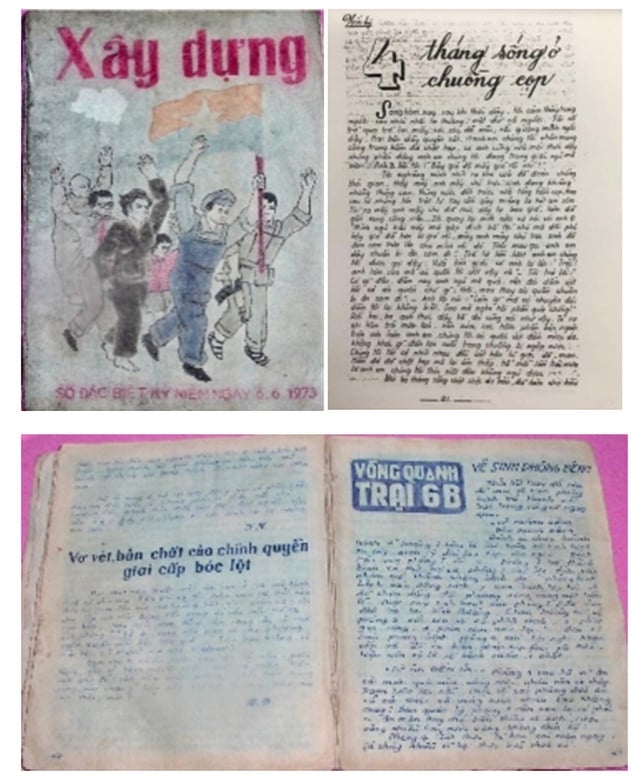
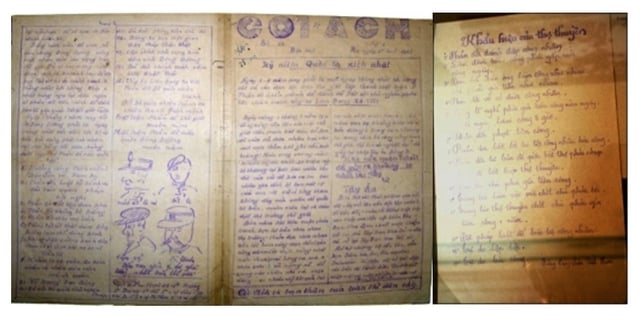
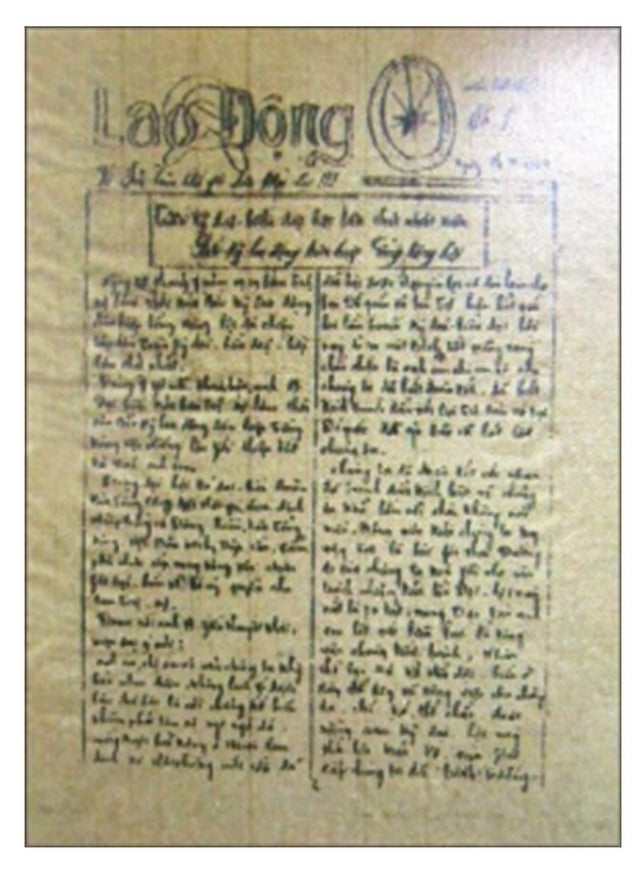
![[Photo] President Luong Cuong and United Nations Secretary-General Antonio Guterres chaired the signing ceremony of the Hanoi Convention.](https://vphoto.vietnam.vn/thumb/1200x675/vietnam/resource/IMAGE/2025/10/25/1761370409249_ndo_br_1-1794-jpg.webp)

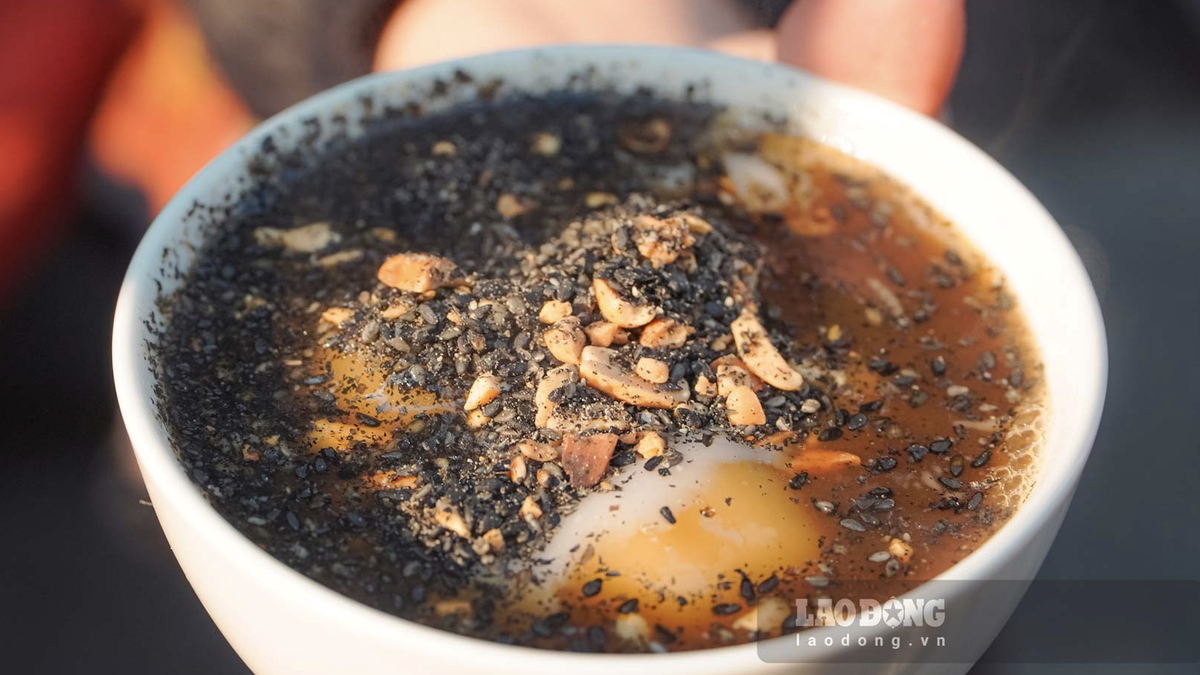
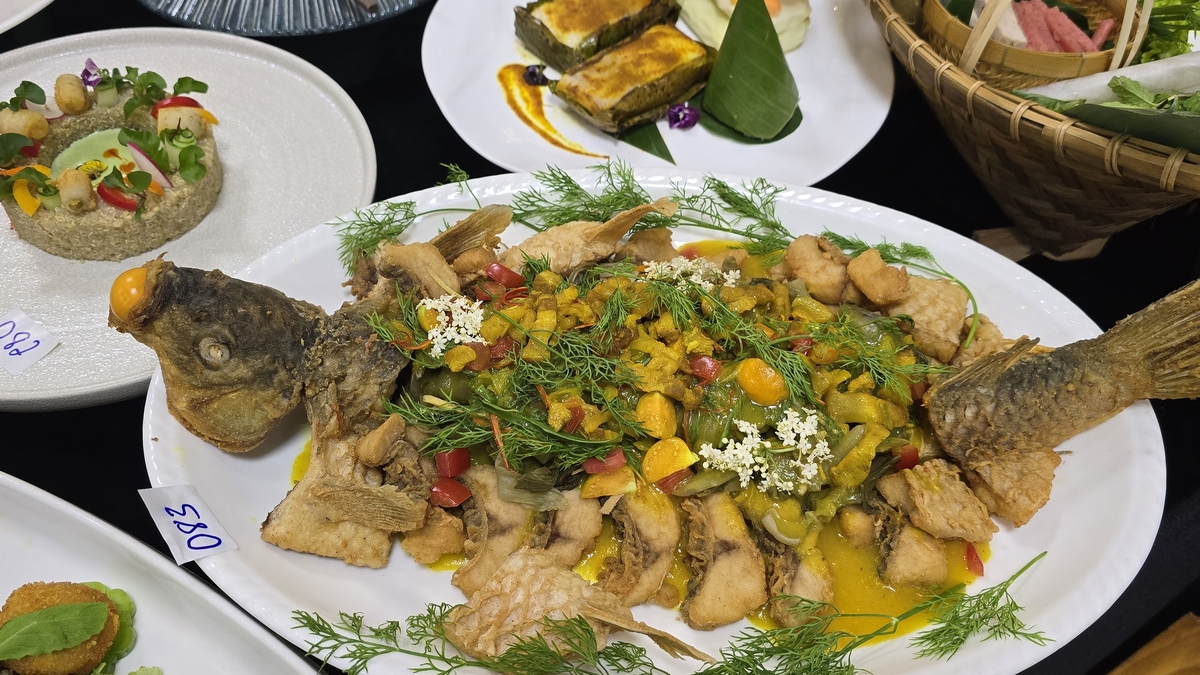








































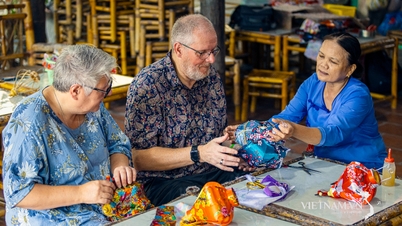



























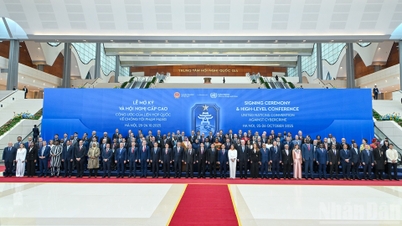

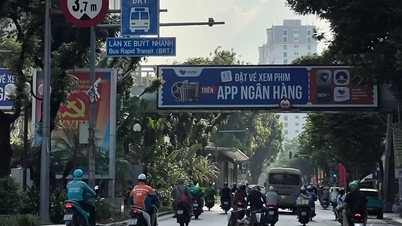






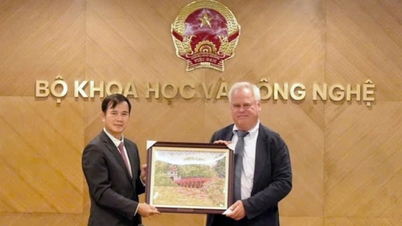







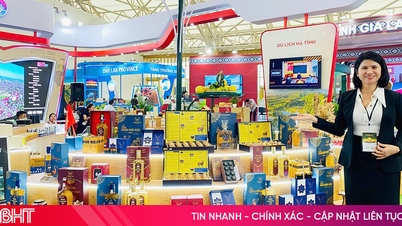


















Comment (0)